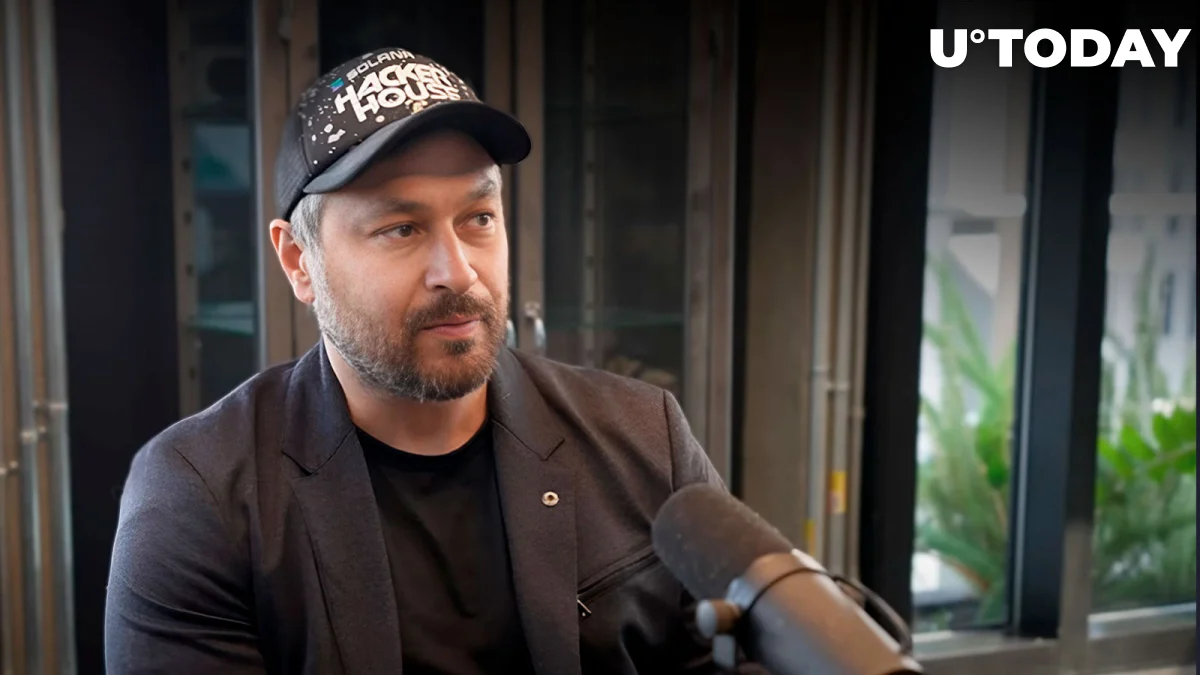
Co-founder of Solana (SOL), Anatoly Yakovenko, made a significant announcement on X (formerly Twitter) regarding a noteworthy advancement in the roadmap for the blockchain. In the cryptocurrency community, the news caused some agitation as Yakovenko talked about the platform’s position on Layer 2 solutions and its dedication to creating a worldwide atomic state machine.
In his tweet, Yakovenko raised the question of whether Layer 2 solutions will ever be needed for Solana. He stressed that Solana’s main objective is to synchronise a global atomic state machine as fast as the laws of physics allow, although developers are allowed to build Layer 2 solutions on the platform.
https://x.com/aeyakovenko/status/1743132883697410186?s=20
Any Layer 2, side chain, or zero-knowledge proof valadium, according to Yakovenko, would fundamentally amount to the same thing in the desired end state: an external execution environment that is unable to guarantee atomic composition with the remaining Layer 1 state.
The co-founder recognised that innovations like zero-knowledge proof valadiums, data availability verifying bridges, and side chains are novel. He did, however, note that although these solutions are helpful, they do not increase the size of the atomic global state machine.
Commitment to Layer 1 scaling
Yakovenko stated in closing that Solana is still committed to improving the single virtual machine instance on Layer 1 and immediately scaling Layer 1, ideally with future hardware updates. This disclosure demonstrates Solana’s dedication to its distinctive design tenets and its resolve to tackle scaling issues at the root cause.
Although Layer 2 solutions have become more and more common in the crypto world, Solana’s choice to focus on Layer 1 scalability shows that the platform is confident in its capacity to satisfy demand globally without relying on external execution environments.
In a similar development, Yakovenko recently revealed his observations on Ethereum and Solana’s possible weaknesses. The concentration of value in execution hotspots is the main threat to Ethereum, according to him. On the other hand, he emphasised that Solana’s weakness was related to how crucial atomic composability is to the blockchain sector, which is a key component of Solana’s architecture.
Together with Yakovenko’s assessment of possible dangers, this calculated change in Solana’s road map adds an interesting new chapter to the current story in the blockchain sector. Industry players and hobbyists alike will surely be keeping a close eye on Solana’s emphasis on atomic composability and Layer 1 scalability as the cryptocurrency ecosystem continues to change.


















